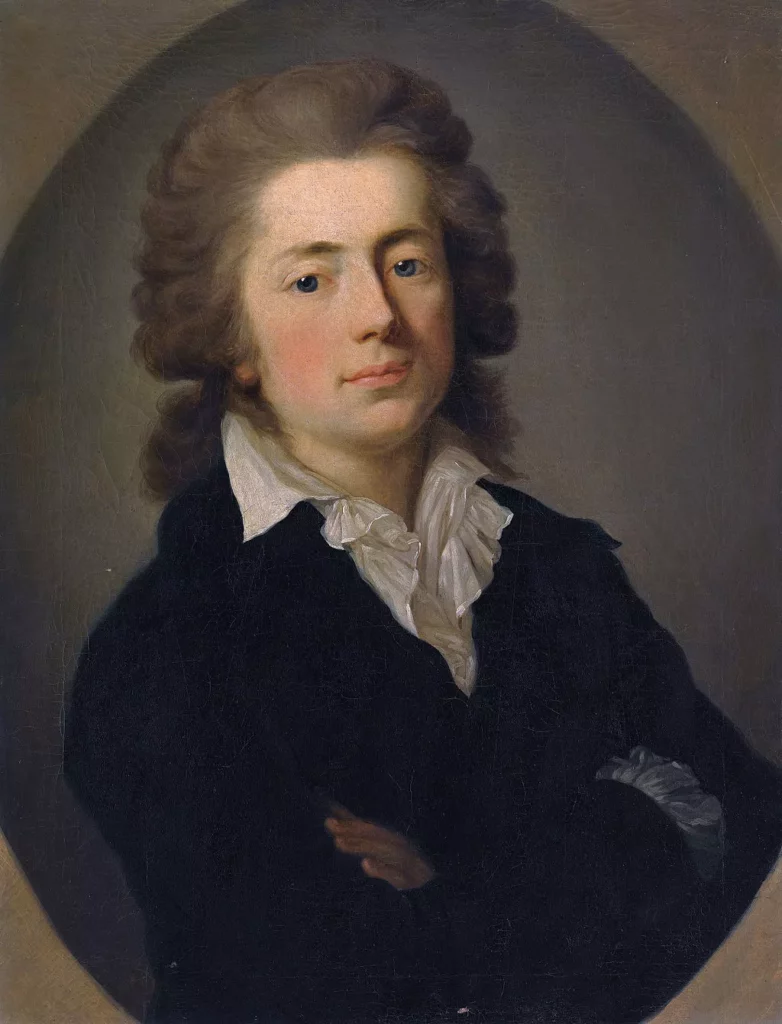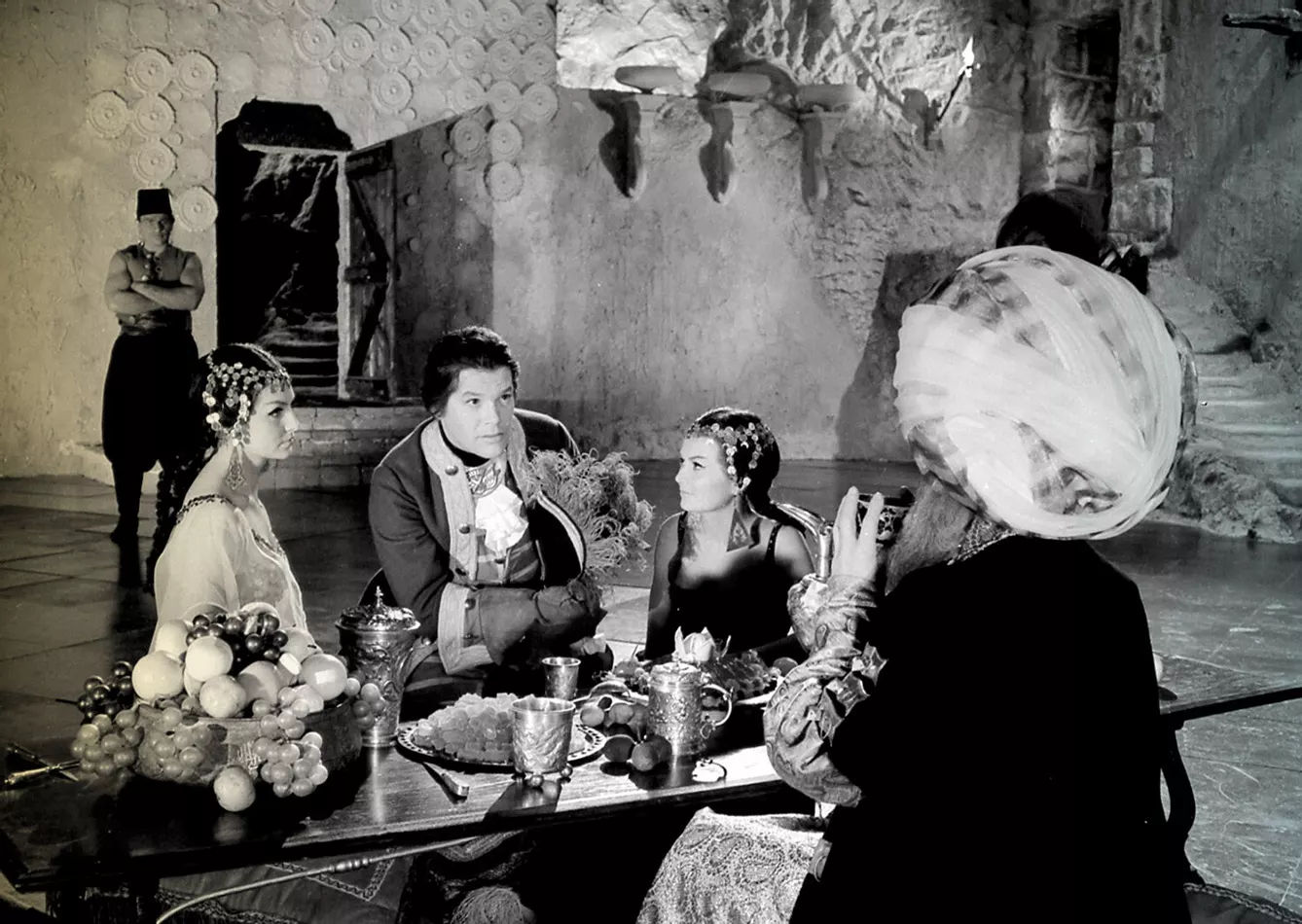During a night spent in an abandoned inn in Spain, a young officer meets two princesses, descendants of the Muslim rulers of the area from before the reconquest of Spain by Catholics. He spends the night with them, but when he awakes, he finds himself under a scaffold built for the execution of two thieves that some claim have become ghosts who now haunt the area.
And this is merely the beginning of one of the strangest novels ever written: “The Manuscript Found in Saragossa.” By 1810, the author, Jan Potocki from Poland, had already spent dozens of years writing. He was a Polish aristocrat raised in France and Switzerland. He wrote in French and was considered a genius mind – and maybe even a member of the Masons (a fact that may have influenced the novel).
Genre? Style? Anyone…?

The book’s topic places it somewhere between an adventure novel, full of uncanny events, and a diary recording a sixty-six day-long journey of a young captain. The main protagonist meets dozens of interesting characters on his way. One of the indisputable favorites is a young scientist who is the son of a famous Spanish engineer.
The boy’s father was so lost in science that he signed an important document with the name of his juvenile brother instead of his own because he was so distracted. This one signature cost him his entire wealth, wife, and the King’s favor. He learned his lesson and decided that his son was not allowed to engage in science and thus taught only courtly skills and saraband dancing.
Once, the boy was caught taking an interest in astronomy. As a punishment, he was thrown into “jail” – a room in the basement, with only one window made up of ten rows of ten square glass sheets. Not knowing math, the boy soon noticed that the glass squares could be calculated – added, subtracted, then multiplied and divided. By the time his punishment was over, he was advanced in math using numerals he invented, as he didn’t know the commonly used ones.
Manuscript Found in Saragossa: omnipresent patterns
And that’s what the book is about – discovering universal truths and the universal spirit behind the whole of God’s creation (that’s where one can notice the Masonic background of the novel). Since the story is narrated by dozens of characters who often tell stories of other characters they had met, the book didn’t follow an easy narrative path and needed a different method of organization for clarity. The ideas and stories were all interconnected, and the book was hypertextual in the 19th century and is hypertextual now.
Mariusz Pisarski, a Polish textual artist and hypertext literature editor, created a WWW adaptation of The Saragosa Manuscript. The scanned texts are arranged in a day-by-day order and connected by a hyperlink system. Thanks to the WWW adaptation, you can now read it in chronological order and even node-to-node, connected by characters and stories. To put it simply, you now may follow one story and disregard the digressive stories embedded within. Moreover, the system includes a subjective interpretation with interconnected nodes.
A skillful author defeated by reality
As for the author, Jan Potocki, he returned to Poland in the middle of the political turmoil, around the time that three neighboring empires were partitioning Poland. He picked the wrong side and – perhaps suffering from depression – committed suicide in 1815. The reality proved too complicated for the author of one of the most entangled fables in history.
Although written in French, The Manuscript Found in Saragossa was eventually compiled into one single book in 1847 by a Polish translator, Edmund Chojecki. It was then back-translated into French and English. A screen adaptation was made in 1965 by Polish director Wojciech Jerzy Has. It was famously remastered and re-edited with funding from Martin Scorseze himself, who admires the film.
You can access the hypertext version for free, though note that it is currently only available in a Polish language version.







